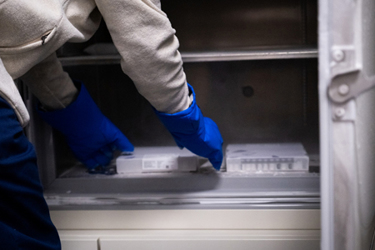How Innovations In Cryologistics Support Patient Access To Advanced Therapies

The number of cell and gene therapies (CGTs) advancing toward approval is rapidly increasing, bringing the promise of the revolutionary treatments closer to patients in need. However, accessibility remains a major hurdle for providers and patients. These therapeutic products are highly complex, requiring advanced logistics solutions to ensure treatments reach patients on time and in the right condition.
The supply and distribution of CGTs is both time- and temperature-critical. Fresh cells need to be delivered to waiting patients on time, and therapies have specific temperature ranges and require cryogenic (below negative 150ºC) conditions. Cryogenic conditions extend the shelf life of cells and create the possibility of keeping samples to conduct quality tests later.
There is growing demand for specialized cryogenic infrastructures across the globe so that manufacturers, treatment centers, and patients are located within a reasonable distance. The lack of treatment centers that have their own good manufacturing practice (GMP) compliant capabilities and low acceptance rates from regulators are major barriers for patients trying to access these advanced treatments. Understanding the infrastructure required to fulfill the demands for storage and transportation of cell-based therapies and finding the right partner to meet these demands are crucial components for delivering safe, high-quality products and expanding CGT access.
Get unlimited access to:
Enter your credentials below to log in. Not yet a member of Cell & Gene? Subscribe today.
